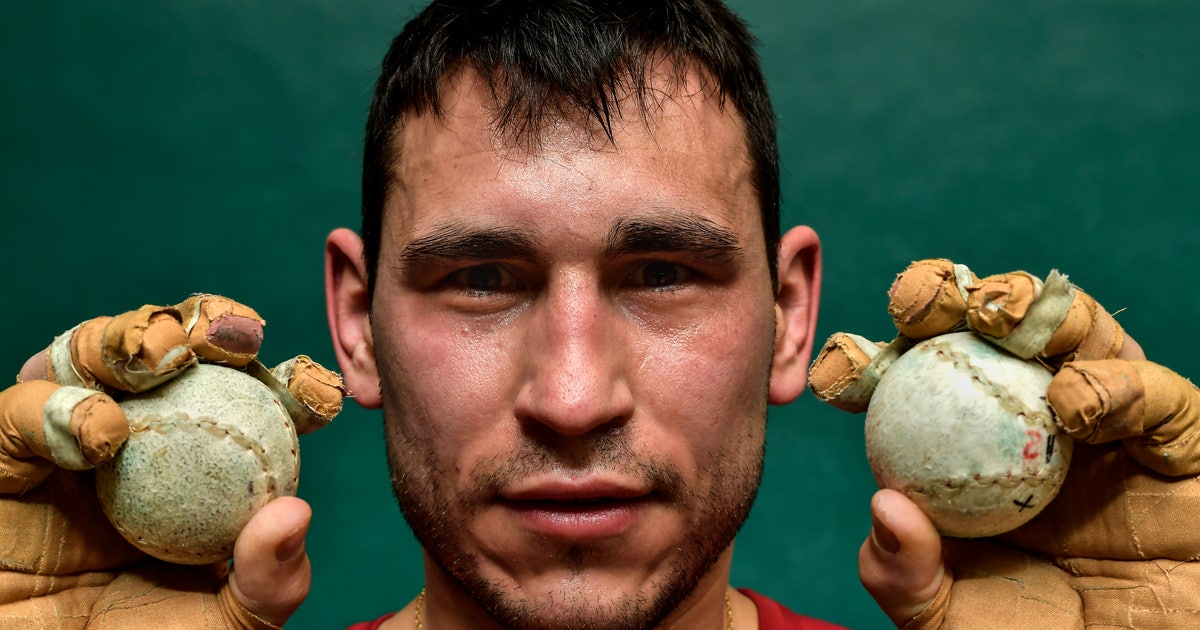AP PHOTOS: Spanish Basque Ball players use hands to hit ball


PAMPLONA, Spain (AP) — Their hands protected by layers of tightly bound tape, the players take turns swatting a small, hard ball at speeds that reach 115 kilometers (71.4 miles) per hour.
They are playing a match of Pelota Vasca, or “Basque Ball,” a sport popular to its native Basque region that overlaps northern Spain and southwestern France. The game is similar to squash, but played without a racket and with only three walls.
The court is called a “Fronton,” and players can play the ball off the front, back and the left-side wall. The right wall is missing.
Pelota Vasca was traditionally played in the village square facing a church, whose facade offered a perfect wall for players to hit the ball.
Now it is a professional sport played indoors with organized tournaments in northern Spain played by individuals or doubles, where many spectators bet on the winner. As a trophy, the winner of the annual championship is awarded a large green Basque beret, called the “Txapela.” The champion is called the “Txapeldun.”
The handmade ball was originally made from a small hard plastic core bound with strips of cat intestine and wool thread, with an outer layer made of dried sheep skin. Today the balls go through a more industrial process, with synthetic materials being used.
Other varieties can be played with a racket or a hoop, but the traditional style is just to whack the ball with the open hand.
Players, called “pelotari,” can spend an hour before a match preparing their hands. They coat their fingers and palms with a wax covering that they first heat up with a flame. Then they wrap each finger in layers of tape and some thin foam padding to reduce the risk of injury.
The players bend backward like tennis players taking a serve to generate power. The impact of the ball is clearly heard in the stands. It can often be painful, making players grimace when they strike the ball incorrectly.






